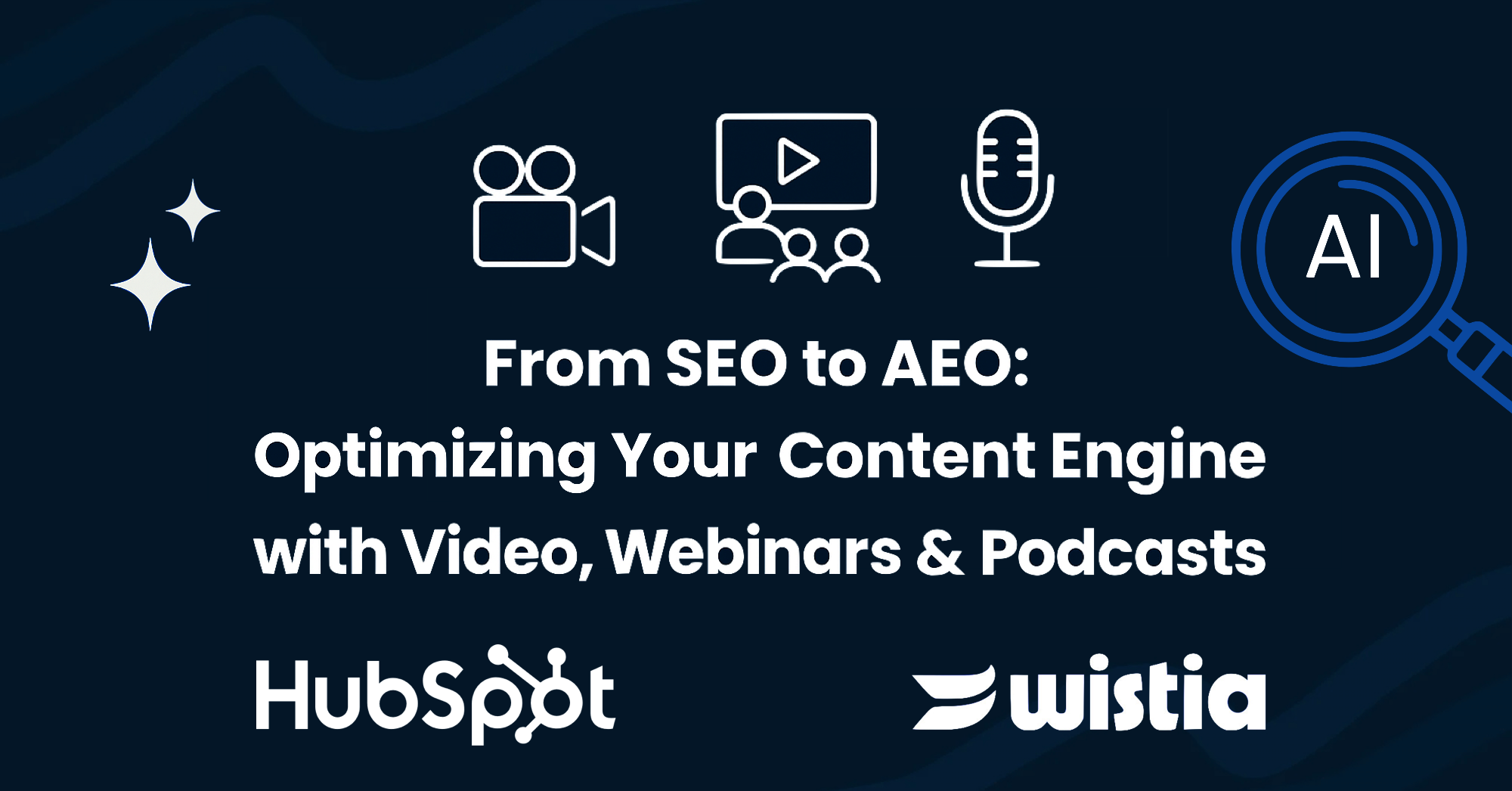Landing that coveted top spot in Google has become such a competitive pursuit that many businesses now resort to writing for bots, spiders, and crawlers -- and not for people. In the process, they lose sight of the most important ingredient of success, which is their target market.
Related Blog: 4 Tips for SEO Blogging to Leave Your Competition in the Dust
Even though SEO is a very important aspect of Inbound Marketing and you need to come up on google to attract people when they are searching for your products and services, search engines can only do so much. You can land the top spot in the first page of search results for your niche's most in-demand keywords, but if visitors don't like what they see after clicking on the link to your site, they'll be out of there fast and move on to a competitor's site that offers relevant and interesting content, not just page fillers.
Don't look at just the number of hits to your site -- also look at the bounce rate. An ideal bounce rate of 30-40% percent means your content offers high engagement. But if it hits 50% percent and higher, then you've got a reason to worry. People may be finding your site easily via Google, but they don't feel they have enough reason to explore so they leave and never come back.
In addition to the bounce rate, also analyze the number of visitors who are converting into leads after visiting your site. The best way to measure the success of your blog articles is to understand how those blogs are attracting your ideal customers, keeping them on your website and sending them to some offer that will convert them into leads and ultimately into customers.
As important as search engine results are, nothing beats writing for people first and foremost. To do this, here are some tips:
Make SEO a garnish, not the main dish.
Good content is readable, so avoid keyword stuffing. Use keywords only when they fit into the flow of the text. Also, don't sacrifice good grammar just to add keywords. It's far better to have a well-written article with hardly any keywords in it than to have a well-optimized article with hardly any sense.
Post often to stay on the radar.
So if you can't stuff your content with keywords, spread them out instead. People like fresh content served on a regular basis anyway, so posting frequently won't be taken against you. But don't make it too frequent that you come across as spammy. You can post major content two to three times a week, then share smaller tidbits on other days. Remember, quality over quantity is a popular saying for a reason. Keep this in mind as you are posting content for your visitors and potential customers.
Do the hard work after writing.
Producing great content is only the beginning. Promoting it to get an audience is the next big step. If your content isn't as optimized as you hoped it to be, take heart in the thought that you can still gain audience from proactive marketing. Submit your content to directories, share it on your social media sites, send it to influencers within your niche. Reaching out to your intended audience works faster than waiting for search engines to do their job.
When it comes to content marketing, always put yourself in other people's shoes. Read your content and ask yourself, is this what I would want to read and share? Does this leave an impact on me? We are our own worst critic, so it's time to make that work to your advantage. This means you should never lower your standards and let so-so content go through for the sake of good search engine results. In the end, it's the people who will read and share what they like, and not the search engines; time to cater to their needs for a change.


-1-1.png)


